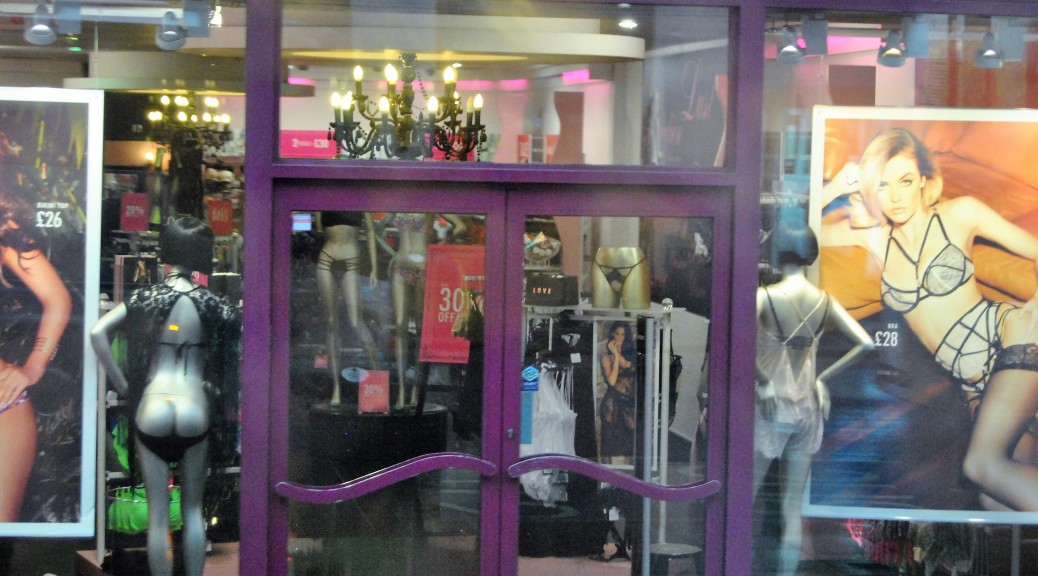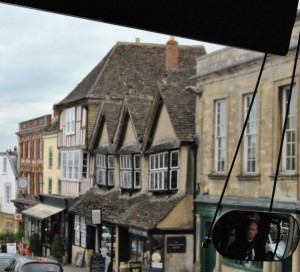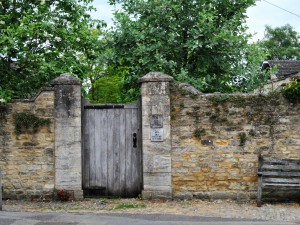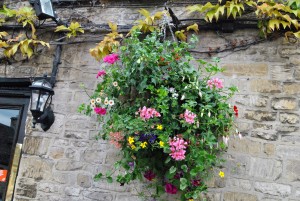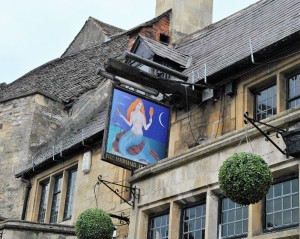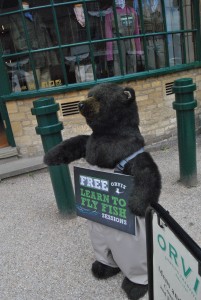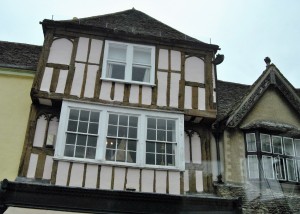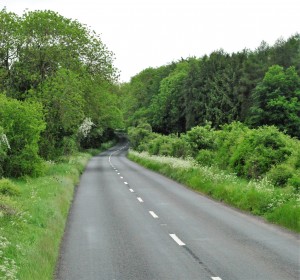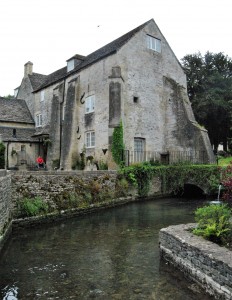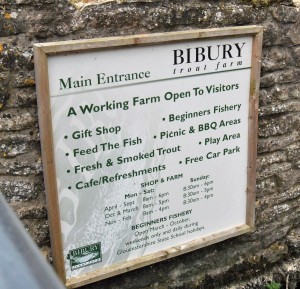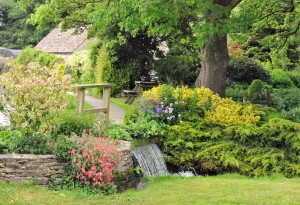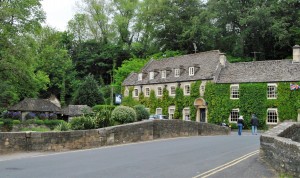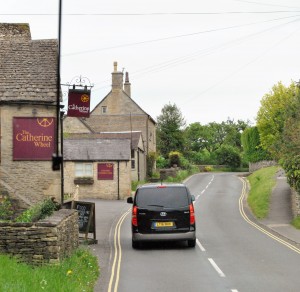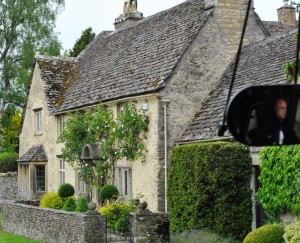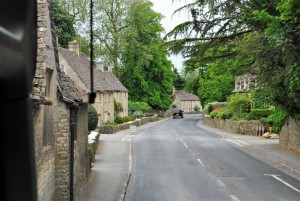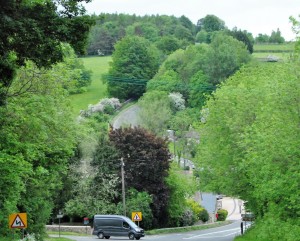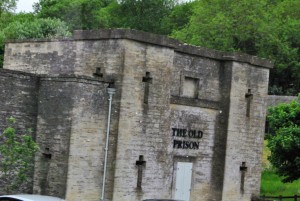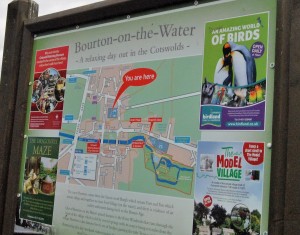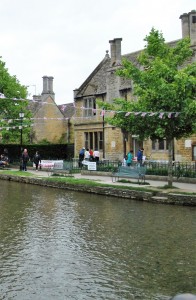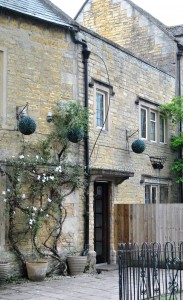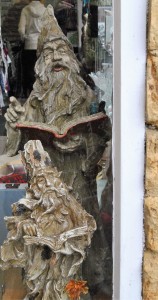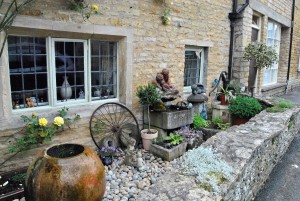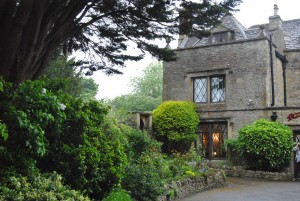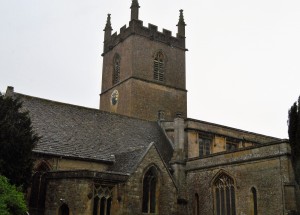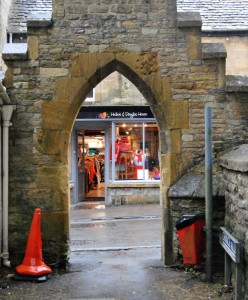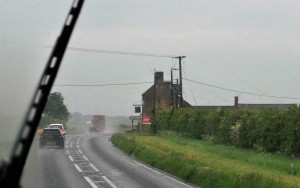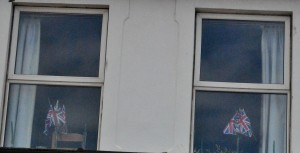As you know I have been doing my activity days on Mon., Wed, and Fridays….but one of the lovely ladies at the Inn is going to Boscastle tomorrow and offered to take me with her and then we would meet in the afternoon and she’d bring me back here…She’s born and bred in Cornwall, but lived several years in Greece so she is going to point out some points of interest to me. HURRAY.
Wandering about town and a few pictures later on in my day as well.
Since I’ve changed my days will entertain you with my 5/31 tour—now yesterday we did two Cotswold cities, which I was so happy about so that Susi could see some of these beautiful places too….we returned to two of the towns on this tour, but it was pouring when we got to the second one so I’m glad I saw it with Susi and Dan.
Ok met my bus at the Victoria Station Bus Depot—don’t ask…..it was one of those huge tour buses though we only had about 40 but that’s a lot for a tour that I usually go on…..then we were leaving London (see main picture–that’s a posh lingerie shop and not a porn palace mate).
Out of London on the “M” ……..
First Town: Burford…..famous for its wide main streets and houses built from differently hued local stone.
One a prosperous wool town (Middle Ages) it has beautiful architecture
During the Georgian time it was an important coach stop for the route between Oxford and the West Country.
The High Street is steep and has a large number of antique shops.
the houses here range from the 15th – 18th century with more Georgian than Tudor, but there are Tudor homes with gable and mullional windows.
Other buildings of interest in the town include a 14th – 16th c. wool merchant house (though it’s font is much later, the Compton Mackenzie–an older home with twin Flemish Gables, the Methodist Chapel, The Mansion on a side street and Falkland Hall (1558) probably the first construction of stone.
Other views of the village:
The pavement—while ancient and interesting is a B….. to walk on
Then back on the bus and off to our next stop.
Birbury
and if you have any doubts that this town isn’t a picture-postcard village, this picture should stop those.
we walked about the 17th century weavers cottages
The town has a Fishery
Talk about a village that looks like a Hollywood set:
and lunch at the Swan Inn
with it’s medieval atmosphere of oak-beamed ceilings and stone fire places with what have been described as witches marks.
Then back to the BIG BUS:
on to
Burton-on-the-Water
wandering about
Bourton-on-the-Water has been described as the ‘Little Venice’ of the Cotswolds and is one of the most popular tourist spots in the region being serviced by the many shops, cafe’s, and attractions.
Bourton-on-the-Water straddles the river Windrush with its series of elegant low bridges beside neat tree-shaded greens and tidy stone banks.
Die Another Day (2002) – Part of the Ice Chase scenes were filmed in the car park at Bourton-on-the-Water and on the ex-RAF nearby aircraft runway at Upper Rissington. At one point Bond in his Aston Martin was chased across the car park in a Jaguar sports coupe; the car park was covered in artificial snow. http://www.cotswolds.info/places/bourton-on-the-water.shtml
The name Bourton comes from the Saxon word BURGH which means a fort or camp and TON which means a village or settlement. If you put the two together, you get ‘the village beside the camp’. There is evidence of far earlier settlements in this part of the Cotswolds. Stone Age and Bronze Age burial mounds are common throughout the area. On the northern edge of the village is the sight of a Stone Age encampment, which was subsequently occupied by later civilisations. Iron Age currency bars from about 300 BC were found on the sight during excavations carried out in the last century. They are now in the British Museum
During the civil war, which began in 1642, the area was loyal to the king. The Rector of Bourton-on-the-Water was Thomas Temple who was also chaplain to the Royal household and tutor to the Royal Princes. The Rector lived in the manor house opposite the church and Charles I paid several visits. In June 1644 the king on route to Evesham with his army stopped in the village. The king and his son, the future Charles II, stayed in the manor house and his army camped on what are now the playing fields of the Cotswold School . http://www.cotswolds.info/blogs/bourton-on-the-water.shtml
Back on the bus:
and to our last stop (so glad I visited this one earlier as the pouring rain kept me more occupied than the sight seeing: Stow-on-the-Wold
A small market town that’s one of the Cotswolds’ most charming spots.
Stow is a hill town that once held great sheep fairs. Daniel Defoe recorded as many as 20,000 sheeps being sold on one occasion—they continue to have fairs but these are Horse ones in July and October.
The church: St. Edward’s is a parish church. After the last battle of the Civil War a 1,000 defeated Royalists were pinned in the church (1646).
This is another wool town.
It was grant a market by Henry I in 1107, the town’s lay out is based on that old market’s design. It is another old wool time.
AND ONE MORE TIME….BACK TO THE BUS
And back to 6/15 in the village—things were a bit quieter….and the pace a bit gentler
https://www.facebook.com/cornishmaninntintagel/
Check out Sunday at the Inn if you don’t believe me.
